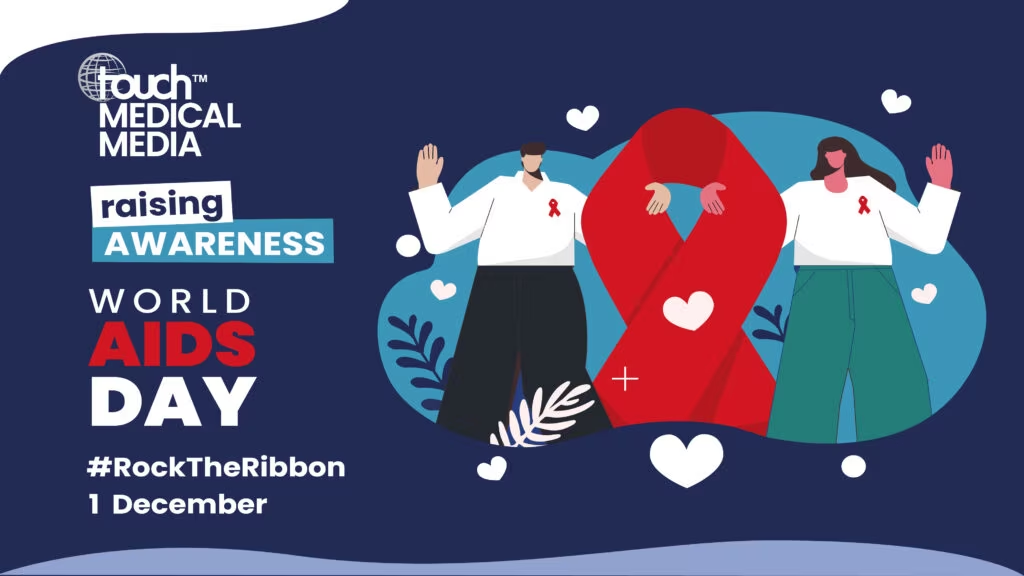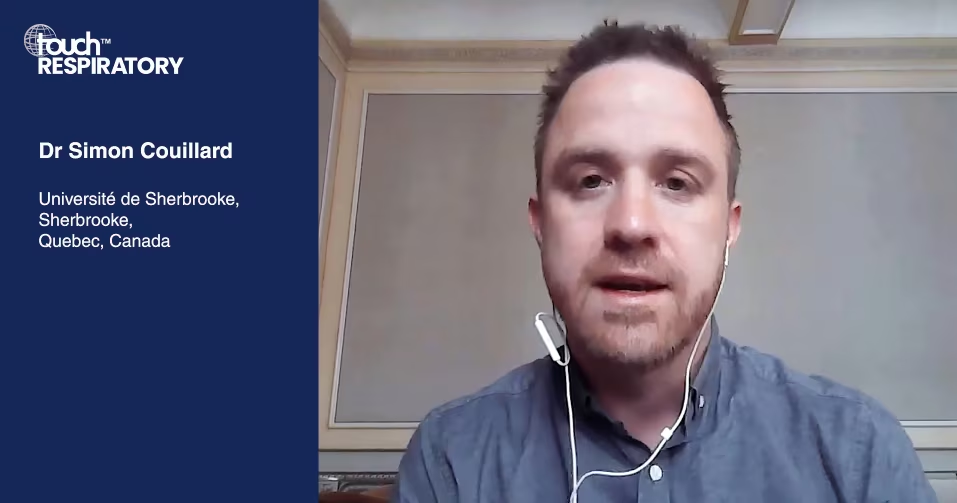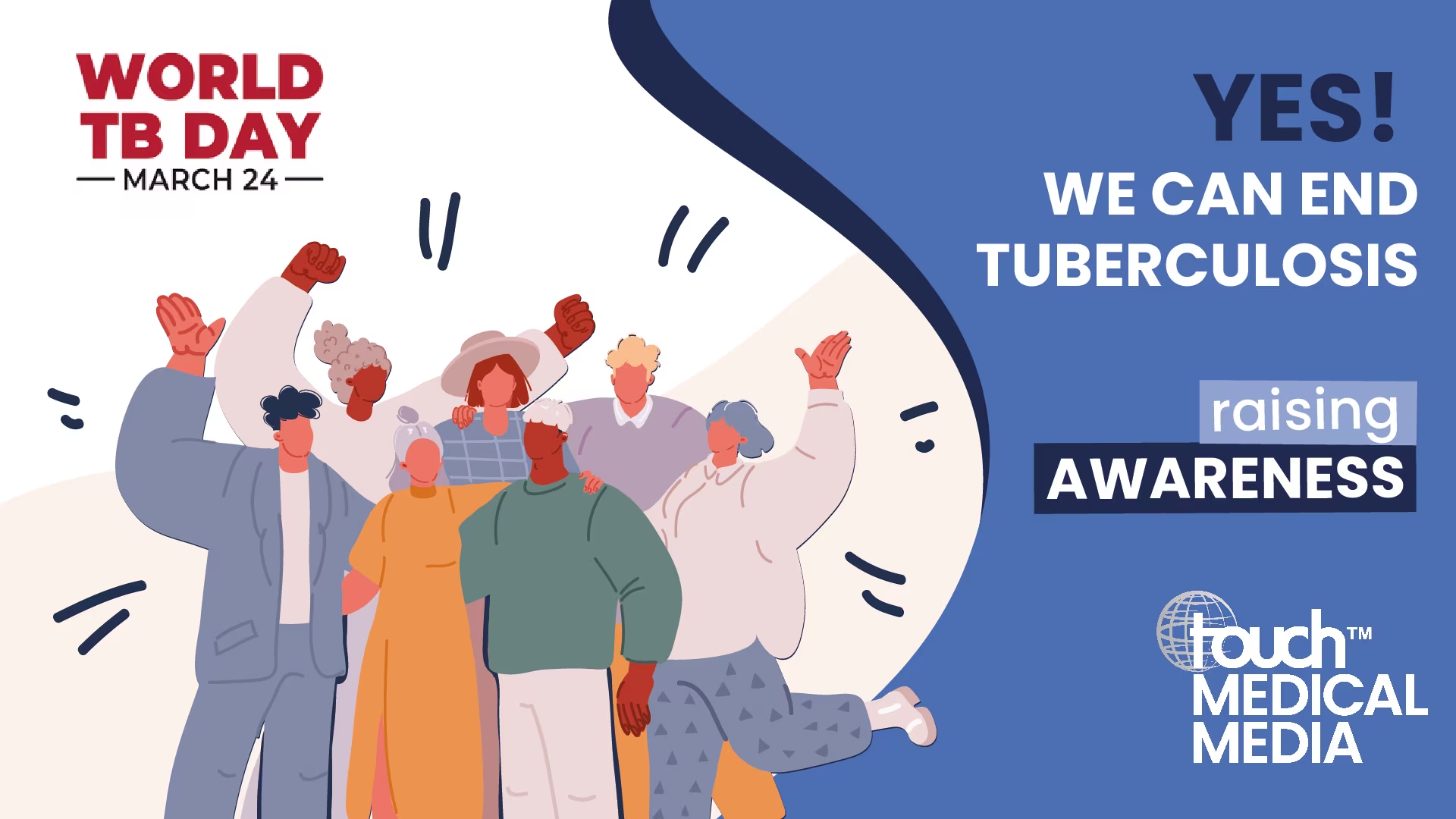
HIV, the virus that causes AIDS (acquired immunodeficiency syndrome) is one of the world’s most serious public health challenges. Since the identification of the virus’s causal link to AIDS in 1984, the pandemic has claimed over 40 million lives through AIDS-related illnesses.
In recent decades there has been a global effort to help reduce HIV infections and increase access to HIV treatments. However, despite this push and the medical advances made, 2021 figures reported an estimated 38 million people living with HIV worldwide – around 1.5 million of which were new infections – and around 650,000 deaths related to AIDS-related illnesses (UNAIDS).
Our current understanding of the pathophysiology behind HIV/AIDS means that there are now effective treatments, and strategies which can prevent HIV transmission, so that people with HIV (especially those treated early) can live a long and healthy life, and even have families without transmitting to others.
So, the question is, why is HIV transmission and AIDS-related mortality still relatively high?
Dr Amesika Nyaku, Editor-in-Chief of touchREVIEWS in Infectious Diseases (New Jersey Medical School, USA) outlines the core issue with which we still have to contend:
“The structural inequalities that make some groups more vulnerable to HIV acquisition or to have poorer outcomes once they are living with HIV must be addressed head on. This requires continued careful attention to the determinants of health such as housing, sanitation, education, economic opportunities, and freedom from stigma and discrimination.”
The risk factor in focus here is inequality.
That’s why the WHO and UNAIDS theme for World AIDS Day on 1st December is ‘Equalize’.
It is a call to action for governing bodies to implement the effective and comprehensive strategies that are necessary to end the AIDS pandemic. Dr Nyaku expands on the meaning behind the theme, saying:
“I think it is worthwhile to closely consider the meaning of ‘equalize’. There are two definitions in the Merriam-Webster dictionary that I think aptly capture the theme. The first definition is ‘to make equal’. For many of us, this is the definition that most readily comes to our mind. It calls forth the need to eliminate disparities in the access to highly effective HIV treatment and prevention services that exist across geographies, race, ethnicities, genders, and incomes.
A second definition, that I think carries equal importance, is ‘to compensate for’. I believe that we cannot reach the equality that is needed to end the AIDS pandemic without an intentional plan that compensates for the systems in our society that privilege some and disadvantage others.”
World AIDS Day was the first ever health awareness day. Established in 1988, its goal has been to raise awareness about HIV/AIDS, its symptoms and prevention, and to commemorate those who have lost their lives to the condition.
And now, in 2022, our focus must also be to strive for a redress of the inequalities that hinder progress on the eradication of HIV and AIDS. To succeed in this endeavour, Dr Nyaku concludes that “we must continue to take into consideration and address both the direct and indirect factors that continue to perpetuate new HIV infections and AIDS-related deaths.”
touchINFECTIOUS DISEASES supports World AIDS Day’s campaign by providing global online education to increase understanding of HIV/AIDS, encourage discussion around the factors that contribute to new infections and AIDS-related deaths, and by serving as a platform to learn more about current/emerging treatments.
Explore some of the emerging treatments for people living with HIV at touchINFECTIOUS DISEASES, where you can:
WATCH: Prof. Yvonne Bryson discuss HIV-1 remission following CCR5δ32δ32 haplo-cord transplant in a US woman
Please get in touch to find out how you can benefit from our educational activities.


